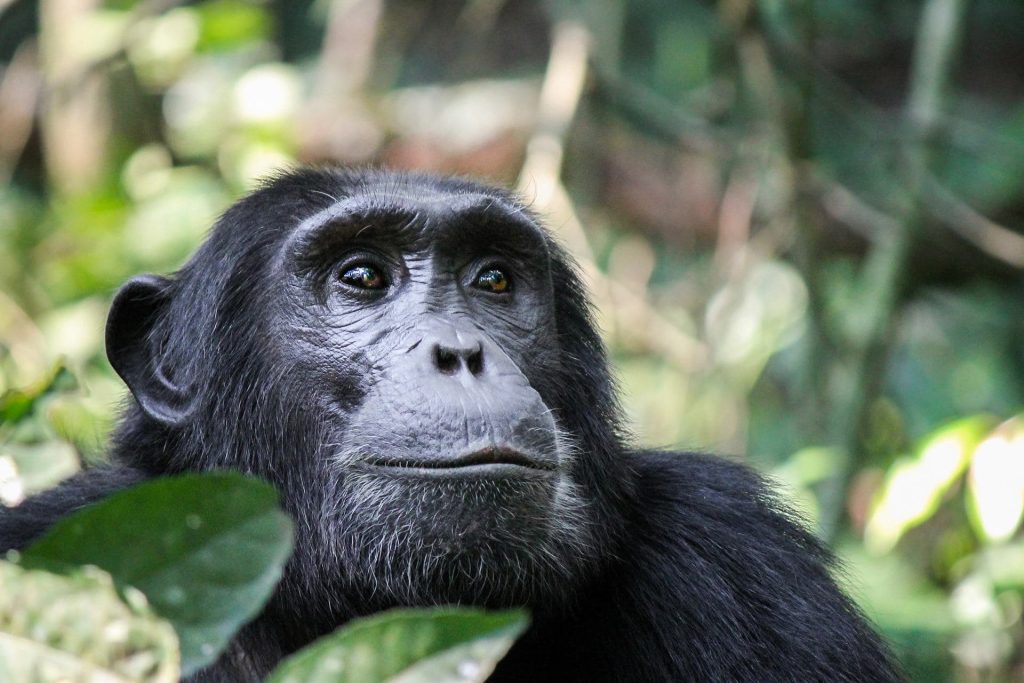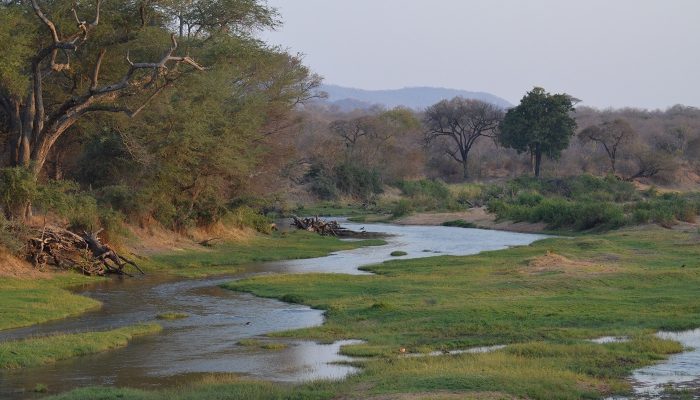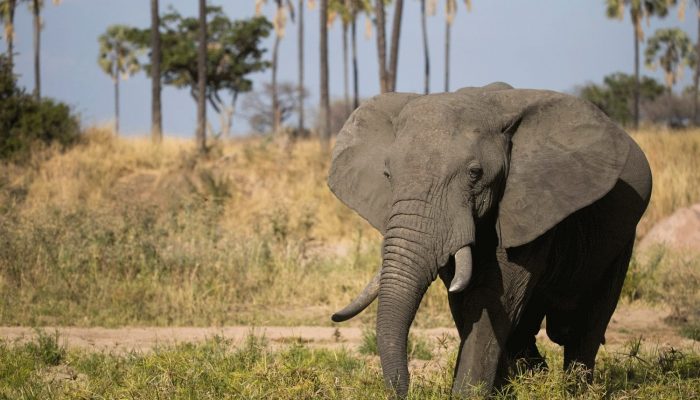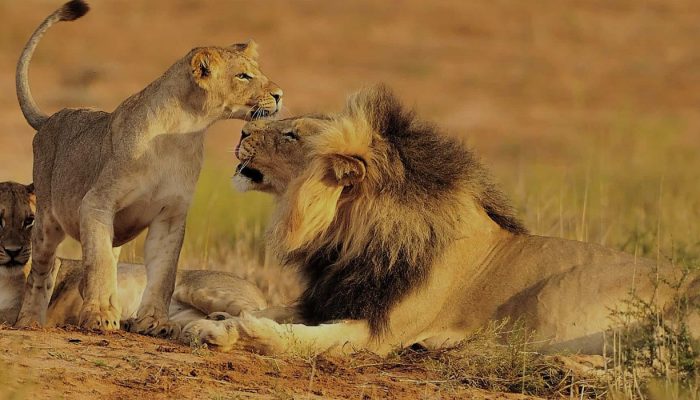This impressive array of large predators is boosted by both striped and spotted hyena, as well as several conspicuous packs of the highly endangered African wild dog.
Ruaha’s unusually high diversity of antelope is a function of its location, which is transitional to the acacia Savannah of East Africa and the miombo woodland belt of Southern Africa. Grant’s gazelle and lesser kudu occur here at the very south of their range, alongside the miombo-associated sable and roan antelope, and one of East Africa’s largest populations of greater kudu, the park emblem, distinguished by the male’s magnifi cent corkscrew horns. A similar duality is noted in the checklist of 450 birds: the likes of crested barbet – an attractive yellow-and-black bird whose persistent trilling is a characteristic sound of the southern bush – occur in Ruaha alongside central Tanzanian endemics such as the yellow-collared lovebird and ashy starling.














